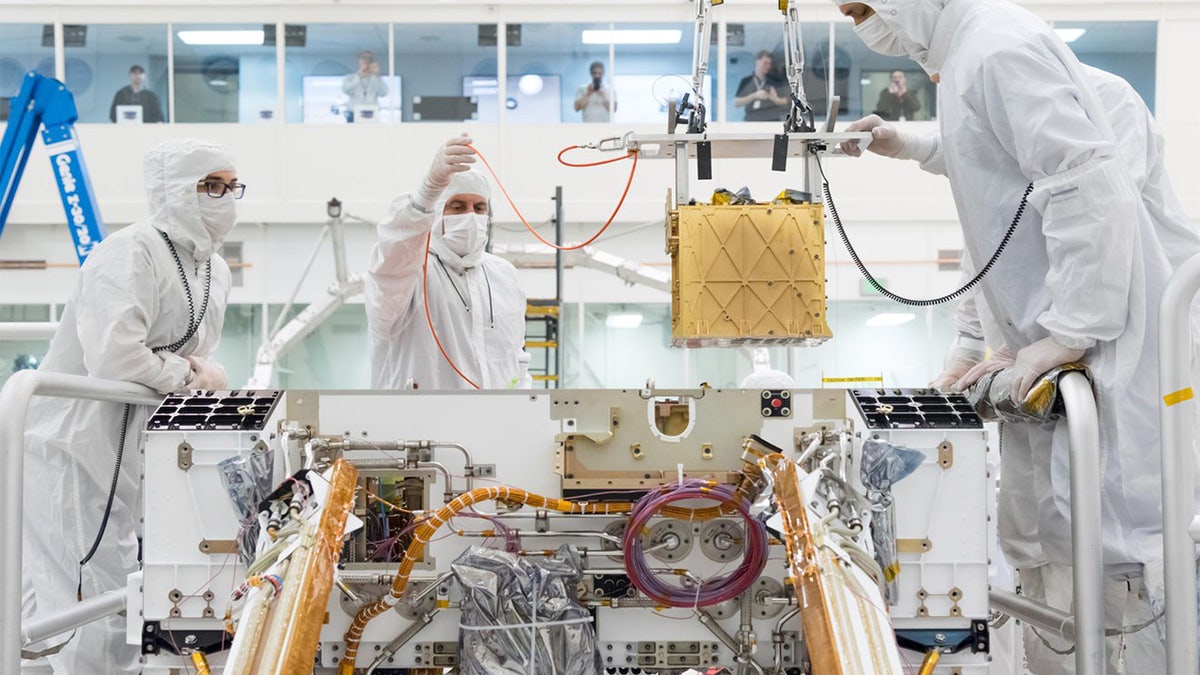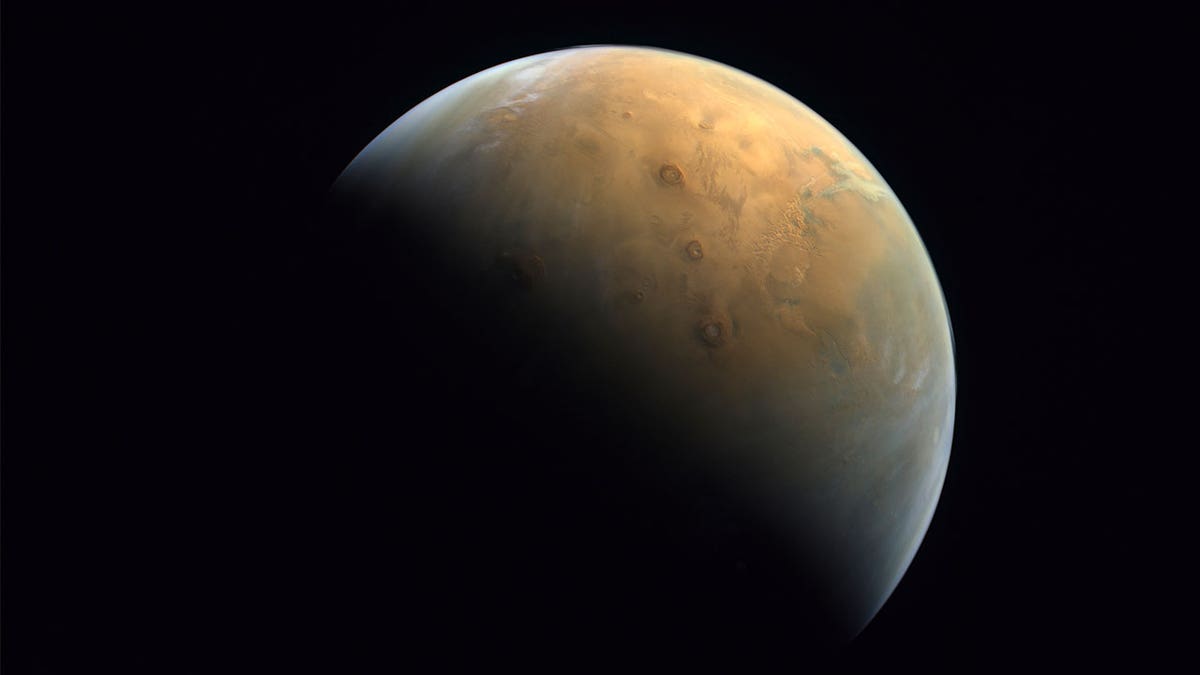Fox News Flash top headlines for September 11
Fox News Flash top headlines are here. Check out what's clicking on Foxnews.com.
NASA says it has generated enough oxygen to keep a small dog alive on Mars for at least 10 hours, marking a huge milestone for long-term plans to build bases on the Red Planet.
The achievement came thanks to NASA’s Mars Oxygen In-Situ Resource Utilization Experiment or "MOXIE."
The 40-pound microwave-sized device was attached to the Perseverance rover when it touched down on Mars in February 2021.

NASA's Mars Oxygen In-situ Resource Utilization Experiment. (NASA)
For more than two years, MOXIE has been extracting trace amounts of oxygen from the Martian atmosphere, NASA said in a press release.
The device executed an electrochemical process that separated one oxygen atom from each molecule of carbon dioxide pumped in from Mars’ thin atmosphere, which is made up of 95% carbon dioxide, 3% nitrogen, 1.6% argon, and trace amounts of oxygen.
FAST FACTS ABOUT MARS: EVERYTHING THERE IS TO KNOW ABOUT THE TERRESTRIAL PLANET
The aim of the mission was to find a way to supply breathable air or rocket propellant to future astronauts.
Over the course of the mission, MOXIE was able to generate 122 grams of oxygen, which is about what a small dog consumes in 10 hours.
At its most efficient, MOXIE produced 12 grams of oxygen an hour, which was twice as much as NASA’s original goal.

"MOXIE’s impressive performance shows that it is feasible to extract oxygen from Mars’ atmosphere – oxygen that could help supply breathable air or rocket propellant to future astronauts," said NASA Deputy Administrator Pam Melroy.
CLICK HERE TO GET THE FOX NEWS APP
"Developing technologies that let us use resources on the Moon and Mars is critical to build a long-term lunar presence, create a robust lunar economy, and allow us to support an initial human exploration campaign to Mars."




















